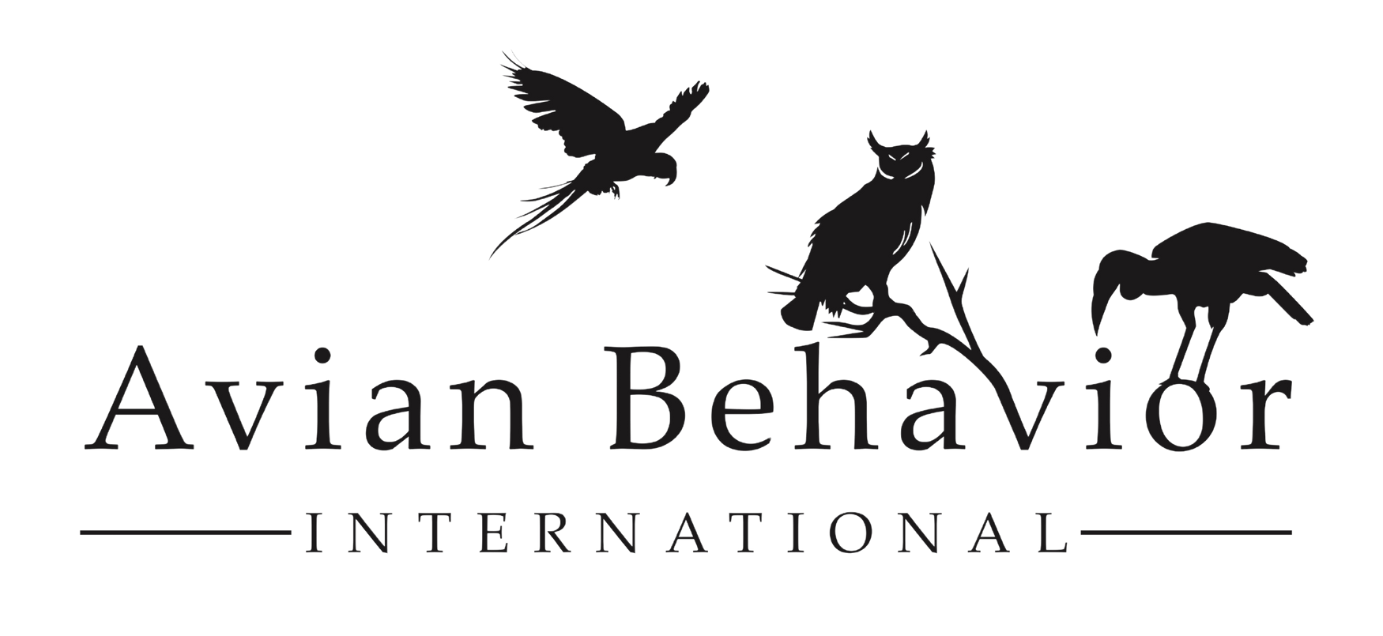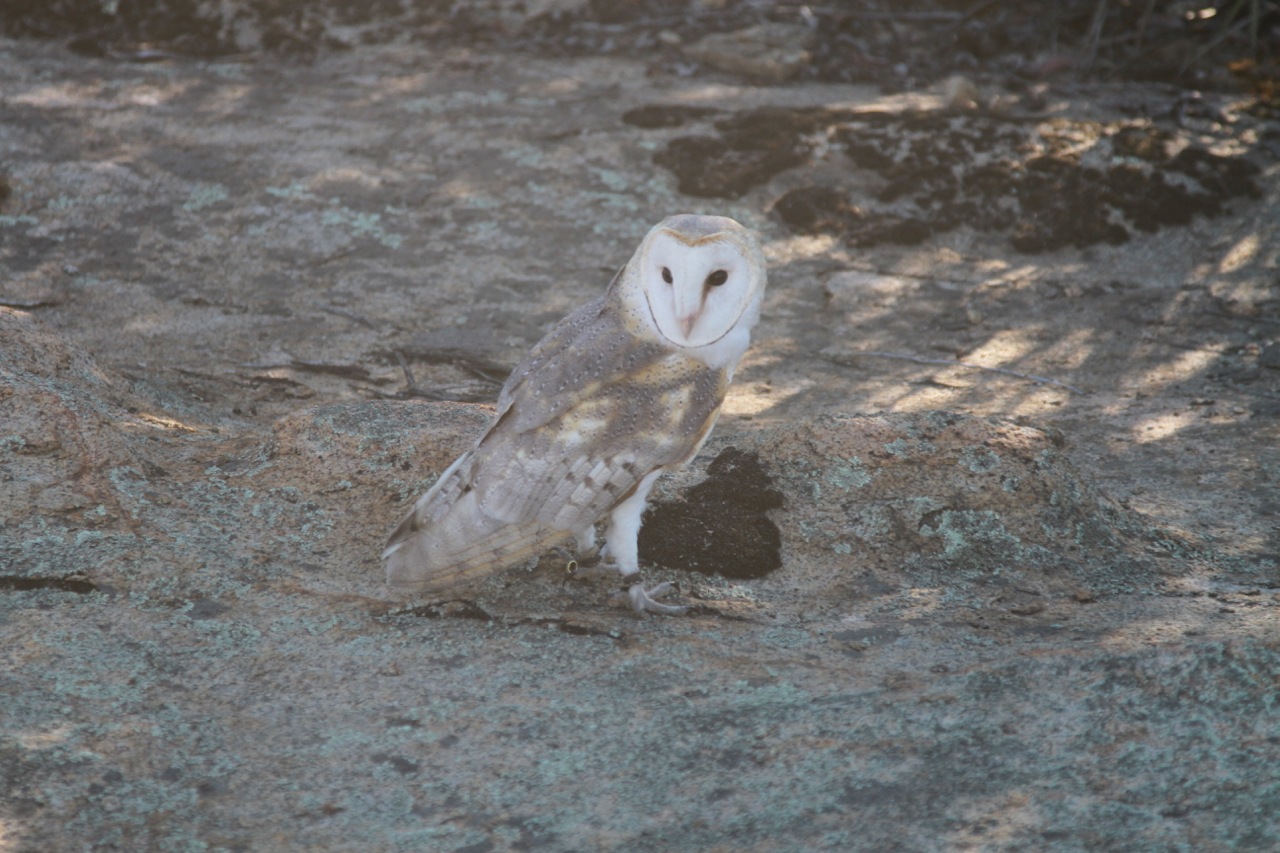
03 May Why Aren’t There Barn Owls in My Nestbox?
I’m not going to lie, knowing what I know about the preferences of birds, with the amount of care we put into barn owl nest box construction and placement, it surprises me that we have as much success as we do that these little raptors use them. It always seems like the more we want something to happen in nature, the less likely it is to actually happen. The more we think we know in science, the harder it actually becomes to make predictions.
But, we do have remarkable success with barn owl nestboxes across North America, perhaps because we do make it our cause to take out older trees we deem more dangerous 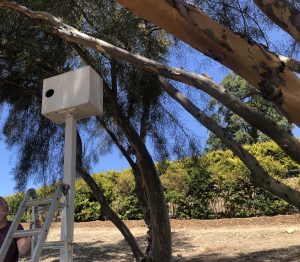 that are likely to have the cavities that they need to raise their families. This is why I understand how disappointed families are when they reach out to us, asking what they can do to in order to entice a family of barn owls to move into nest box they placed on their property. Barn owls can nest from February to even August in areas, so avoid making changes when it is nesting season to keep from stressing owls that are looking a suitable place to raise their brood.
that are likely to have the cavities that they need to raise their families. This is why I understand how disappointed families are when they reach out to us, asking what they can do to in order to entice a family of barn owls to move into nest box they placed on their property. Barn owls can nest from February to even August in areas, so avoid making changes when it is nesting season to keep from stressing owls that are looking a suitable place to raise their brood.
Let’s look at a few reasons why a barn owl might avoid using your nest box and what you can (and can’t) do about it.
Lights, Camera, No Action?
Barn owls are nocturnal and cautious birds. They do not want to draw attention to themselves, especially if there are other predators, such as hawks, great horned owls, and mammalian predators in the area. Having the nestbox area well-lit will deter them from using your nestbox. Like other wi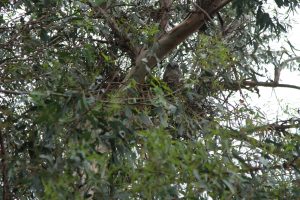 ld animals, they are also sensitive to novelty in their environment. If you have a nestbox camera, and they aren’t using the box, it might be a good decision to take the camera out of the box. You can try putting a trail camera on the outside of the box if you really want to watch.
ld animals, they are also sensitive to novelty in their environment. If you have a nestbox camera, and they aren’t using the box, it might be a good decision to take the camera out of the box. You can try putting a trail camera on the outside of the box if you really want to watch.
Placement
The nestbox might be too near to daily traffic patterns, whether human or wildlife, and moving it to a quieter spot will be the ticket to occupancy. If it’s close to a road or where a lot of yardwork gets done, consider placing it elsewhere. Try lifting it even higher. Some owls are more choosy about weather and traffic than others, it depends on different environmental pressures that are unique to your area. Try turning the entrance slightly to see if that changes things.
Bees and Birds
Other residents might have moved in! If a swarm has taken up residence, you will have to contact your local beekeeper. Once the bees are cleared up, wipe bar soap inside the box to deter bees. The barn owls won’t smell it. Sometimes other species of birds move in. If that’s the case, there isn’t anything you can do about it but in enjoy the diversity!
However, sadly it has occasioned that barn owls will abandon a nest box if a chick or a parent dies in the box. If that happens, unfortunate as it is, it is a federal offense to handle any of the other remaining birds. Contact your local licensed wildlife rehabilitation organization, as they are the only ones that are permitted to handle the situation. It is a very sad and difficult part of nature and it is one that is hard to be a part of when we bring this side of nature into our lives. Familiarizing yourself with fledgling behavior is a great awareness to have in order to be a helpful student of owl behavior.
Rodenticides
While your yard may be teeming with gophers and other unwanted rodents, your neighbors might be using different means to control the rodent community. Check in with them to see if they have been using rodenticides or other ecocides like strong insecticides that create imbalances in the habitat. This will impact the carrying capacity of the ecosystem, the habits of the rodents, and the owls will find other places to hunt. Having these kinds of informal conversations with your neighbors is how we can change commonly held beliefs about environmental accountability and offer alternatives that still help meet one another’s needs.
Box material
Barn owl nest boxes can come in a variety of materials, and manufacturers wouldn’t build them a certain way if they didn’t have success. That said, the barn owl gets to choose what they like and what they don’t like, and different communities have different tastes for a variety of reasons. Some heat up differently than others, they sound different, and some even attract parasites and pests differently. If you just aren’t having success year after year, try a different type of box.
Environment
It may be that you simply don’t have a suitable habitat for barn owls. There could be a pair of great horned owls that are nesting near by, which regularly kill barn owls, or it could be that there is not enough of their favorite prey for
the amount of predators in the area. The amount of threa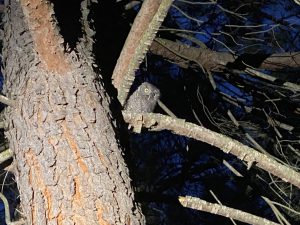 ts in your neighborhood could be too high. There are reasons beyond your control that impact whether or not a barn owl pair feels it is a good place to raise a family. You may consider a screech owl or kestrel box, or you could even put up hawk perches that would allow good hunting spots if you don’t want to leave up dead trees. There are other ways that you can provide habitat for birds that would encourage the types of ecosystem interactions that add value through observation and allow birds to expand into healthy territories.
ts in your neighborhood could be too high. There are reasons beyond your control that impact whether or not a barn owl pair feels it is a good place to raise a family. You may consider a screech owl or kestrel box, or you could even put up hawk perches that would allow good hunting spots if you don’t want to leave up dead trees. There are other ways that you can provide habitat for birds that would encourage the types of ecosystem interactions that add value through observation and allow birds to expand into healthy territories.
Barn owl nest boxes are a joy to have on your property. A few things to keep in mind is that barn owls can have preferences if there are competitive and adaptive pressures, and they may not choose your spot right away. If after a year or two, you might try changing a few variables. It’s also a good thing to remember that you are bringing a very dynamic part of life and death right into your everyday life. Nature exists on its own terms, and it can deliver harsh lessons about the realities birds face. Brushing up your awareness on the regulations of native species and biologies is a good foundation to welcoming any part of this process in.

